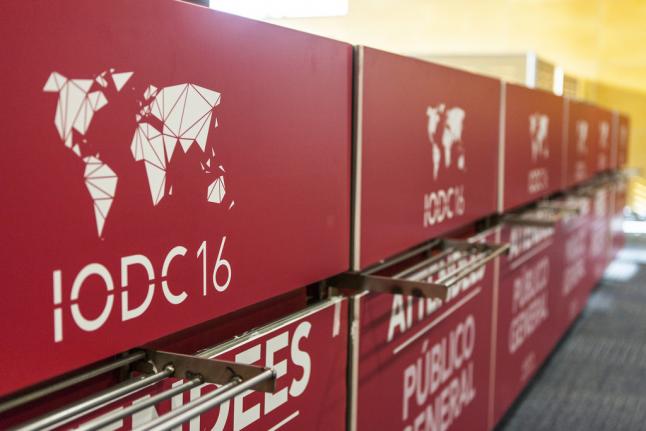At the recent Open Data Research Symposium and IODC16 in Madrid, participants pushed the debate beyond the supply of open data. Over a million datasets are currently in the public domain and there now exist 2600+ open government portals — an enormous number. We need to understand whether and how this data is being used, and how fit it is to monitor the 230 indicators for the UN's 17 Sustainable Development Goals (SDGs). Without this information, open data falls short of its potential. Our contribution to closing this gap between the supply and demand is based on insights from a forthcoming study, funded by USAID and to be published later this year, on data use in Senegal, Timor-Leste and Honduras.

In early 2016, the AidData Center for Development Policy interviewed close to 200 policymakers and practitioners in three countries about their demand for data in the sectors of education, health and agriculture. The insights from those interviews presented here have clear implications for the open data movement as the community reflects upon the way forward.
High demand exists for sector-specific data at the subnational level across all stakeholder groups
What types and attributes of data are most valued by those who make and inform decisions in developing countries? Our interviews show that there is a high demand for sector-specific data at the subnational level across all stakeholder groups. We need to prioritize opening up more of this kind of data and building capacity in the organizations that produce it.
Interviewees viewed sector-specific data as particularly important to their work in education, health and agriculture. In Honduras, respondents prioritized knowing key education indicators at the municipality-level or below, such as the number of out-of-school children or incidences of school-based violence. In Senegal, policymakers highlighted their need for geo-referenced health input data, on the numbers and locations of clinics, doctors, and medical equipment.
Despite varying perceptions on quality, the data sources most frequently mentioned were produced by the government — specifically, line ministries and national statistical offices (NSOs). In light of the higher familiarity with and revealed demand for indicator data produced by NSOs and line ministries, one response would be to prioritize building capacity among these producers to open up high priority datasets in line with revealed domestic demand, while tackling challenges of data accuracy.
Low demand for granular data on aid activities requires data producers to rethink how data is packaged and advertised
Having invested in producing aid data through the aid information management systems (AIMS) collected and maintained by national governments, we specifically asked participants about the barriers to their use of this data. We find that, irrespective of whether AIMS are open or not, the demand for this data is relatively low outside of the ministry that hosts it. While there is interest in having greater visibility on the activities of other development actors, and a general perception that coordination should be improved, this demand is currently met through in-person interactions or involvement in working groups that are sector-specific.
Given this relatively low revealed demand for granular data, what strategies can we employ to build up the relevance of this data for users that may need it the most? To broaden use outside of the host ministry, stakeholders should perceive AIMS as the solution to problems of coordination and duplication of efforts in aid projects. Subnational information on aid activities should be targeted in creative ways to government officials and implementing partners who work at the local level. For example, subnational data on aid may be more useful and attractive when it is combined with other types of data for which there is high demand — such as indicator data — and presented in formats appropriate to the context. Low internet penetration and technical capacity (especially at the local level) means this aid information should be disseminated through hard copies of reports in the local language and relationships forged with local media.
Innovation is urgently needed to address poor data quality
Government-produced data, in particular, appears to suffer from a trust deficit, as reported by interviewees in Honduras and Timor-Leste. Stakeholders have concerns regarding the timeliness (delays in publication especially with census and national household surveys) and accuracy of the data, and a perception that there are perverse incentives to “make the official numbers look good” at the expense of honesty.
This crisis of confidence regarding the reliability and veracity of data that governments have already opened up creates a dilemma for the open data community. If the goal is to publish data not for data’s own sake, but to provoke action and support decision-making, a push for open data must include a concerted effort to improve quality. One way is to push for greater transparency on the part of data producers to spotlight potential limitations, gaps, and deficiencies in the data, and crowdsource feedback. Harnessing the “wisdom of the crowd” (by recruiting users to spot inaccuracies and verify data, as is being experimented through crowdsourcing in Kenya and Philippines) could increase the number of eyeballs to improve the quality of open data and increase user confidence.
These insights into the demand for data and barriers to use should inform the agenda of the open data movement and the community. A strong focus on user perspective is essential to harnessing the power of open data to bring about greater accountability of government and external actors in development.



